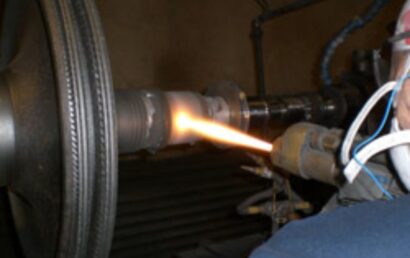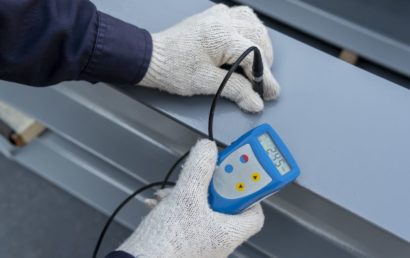Arc Spray Vs. HVOF Coating: Which Is Better?
Thermal spray coating is a process that is used to protect a surface as well as help reduce the effects of corrosion. Thermal spray coating involves the use of heated material that is melted and then applied to a surface. When the material cools and hardens, it offers a protective coating over the surface it is applied on. There are many different types of thermal spray coating. Two of these are arc spraying as well as HVOF. Each of these approaches comes with a range of benefits as well as drawbacks. The choice of which approach to use is determined by a variety of factors including the type of surface that is being coated. The purpose of the coating process may also play a part in the selection of the thermal coating process to use.
So, between HVOF and arc spraying, which of the two approaches is best? Here is what you need to know about this.
Arc Spraying
As mentioned earlier, arc spraying is a type of thermal spray coating that is commonly used in certain industries. These include the aerospace industry as well as the power generation sectors. With arc spraying, an electrical arc is used to heat the coating material. Once the coating material has melted sufficiently, it is then sprayed onto the surface being treated. Arc spraying typically requires a lot more thickness than is typical in other applications.
HVOF Spraying
HVOF stands for High-Velocity Oxygen Fuel. In this type of thermal spray coating, oxygen, and liquid fuel are used to melt the material that is then sprayed on the surface. Under HVOF, this combination is fed into a combustion chamber where it produces a high-pressure stream of gas that is superheated. The gas is used to melt particles of the coating materials which are then directed to the surface that is being coated.
If you are facing a choice of the two approaches, which should you go for? Here is a comparison of these two processes.
Comparison Of HVOF And Arc Spraying
One of the advantages of arc spraying is that it is very cost-effective. The fact that it is easy to apply the coating under this process makes it a very popular method of thermal spray coating in many industrial applications. The process also offers one of the fastest ways of applying a metallic coating on a surface than most other thermal spray approaches. Arc spraying is also advantageous because it consumes a lot less power than most other approaches.
When it comes to HVOF, the main advantage is that this approach allows for the application of coating materials such as tungsten carbide. This particular coating material is especially useful as it offers very high wear protection. For this reason, the HVOF process is typically used for high-value applications. The process also offers a high level of corrosion protection than most other thermal spray coating approaches.
In conclusion, the choice of which of these two to use is determined by the objective of the coating process. If you are looking for a high-volume application, arc spraying may be a better choice as it is a lot more cost-effective than other approaches. If the process involves high-value applications where the quality of the finish is important, using HVOF may be a better choice.



